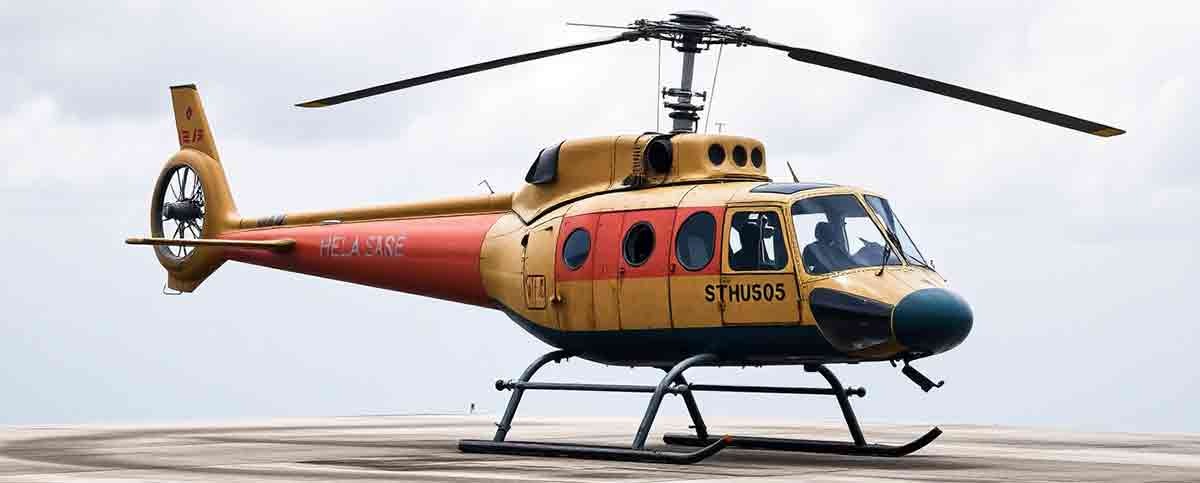
Learn about the history of helicopters from the first rotary-wing aircraft (autogiro) to the XV-15
https://airandspace.si.edu/exhibitions/vertical-flight
How Stuff Works – How Helicopters Work and Their Inventors
https://science.howstuffworks.com/transport/flight/modern/helicopter.htm